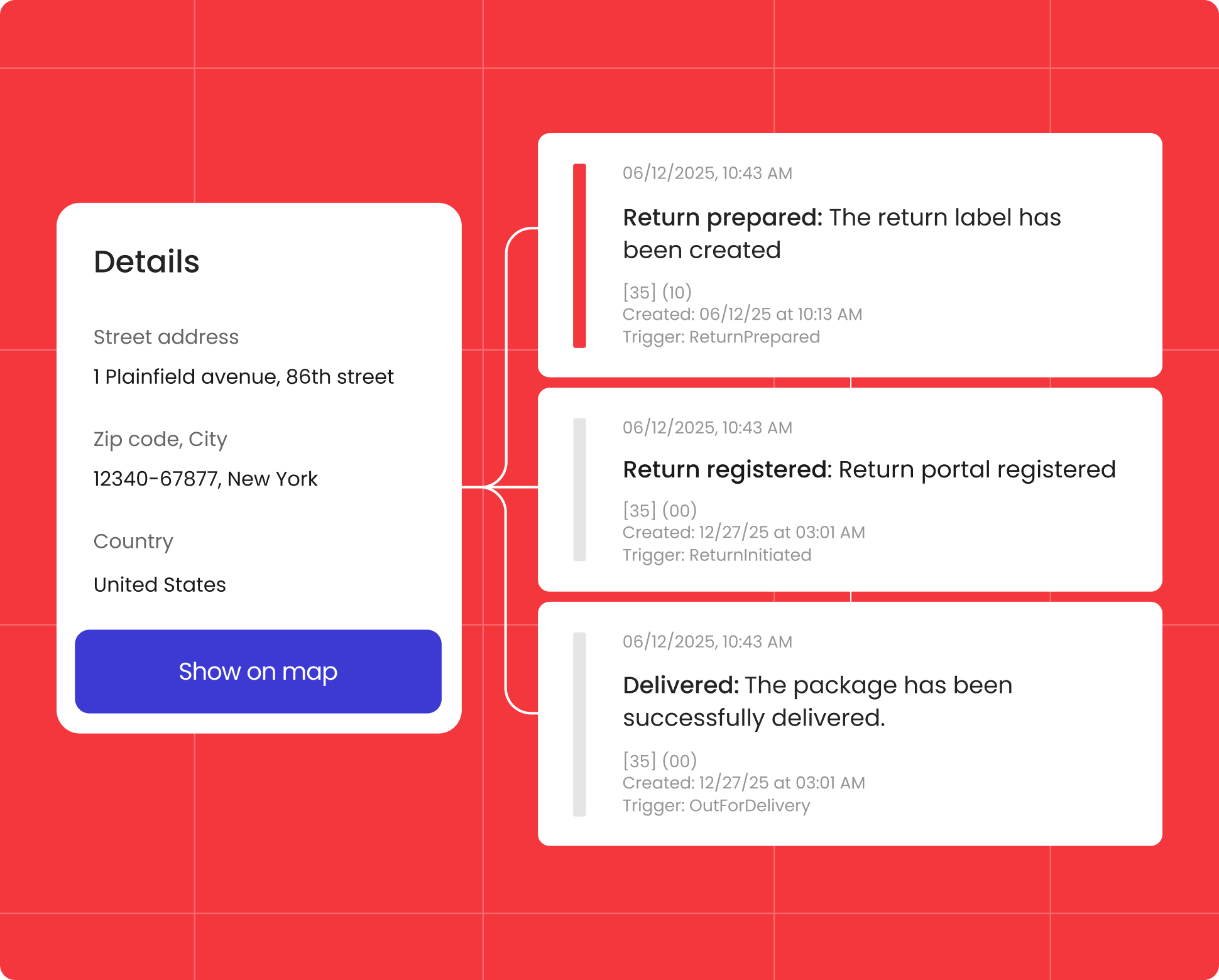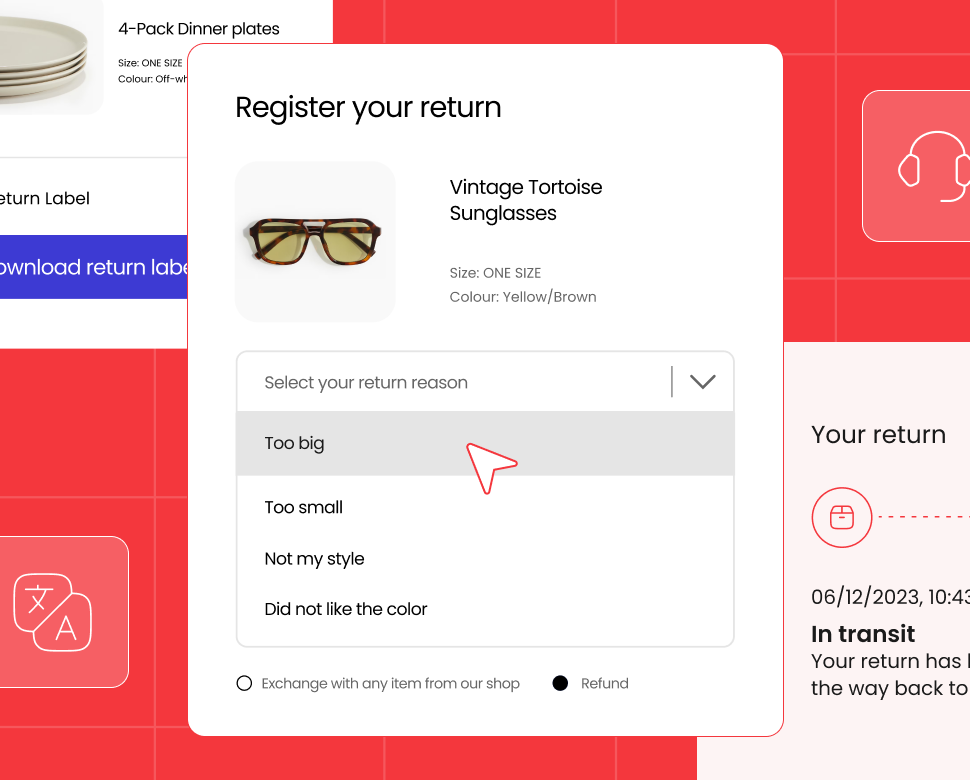Why returns are the new frontier for customer retention
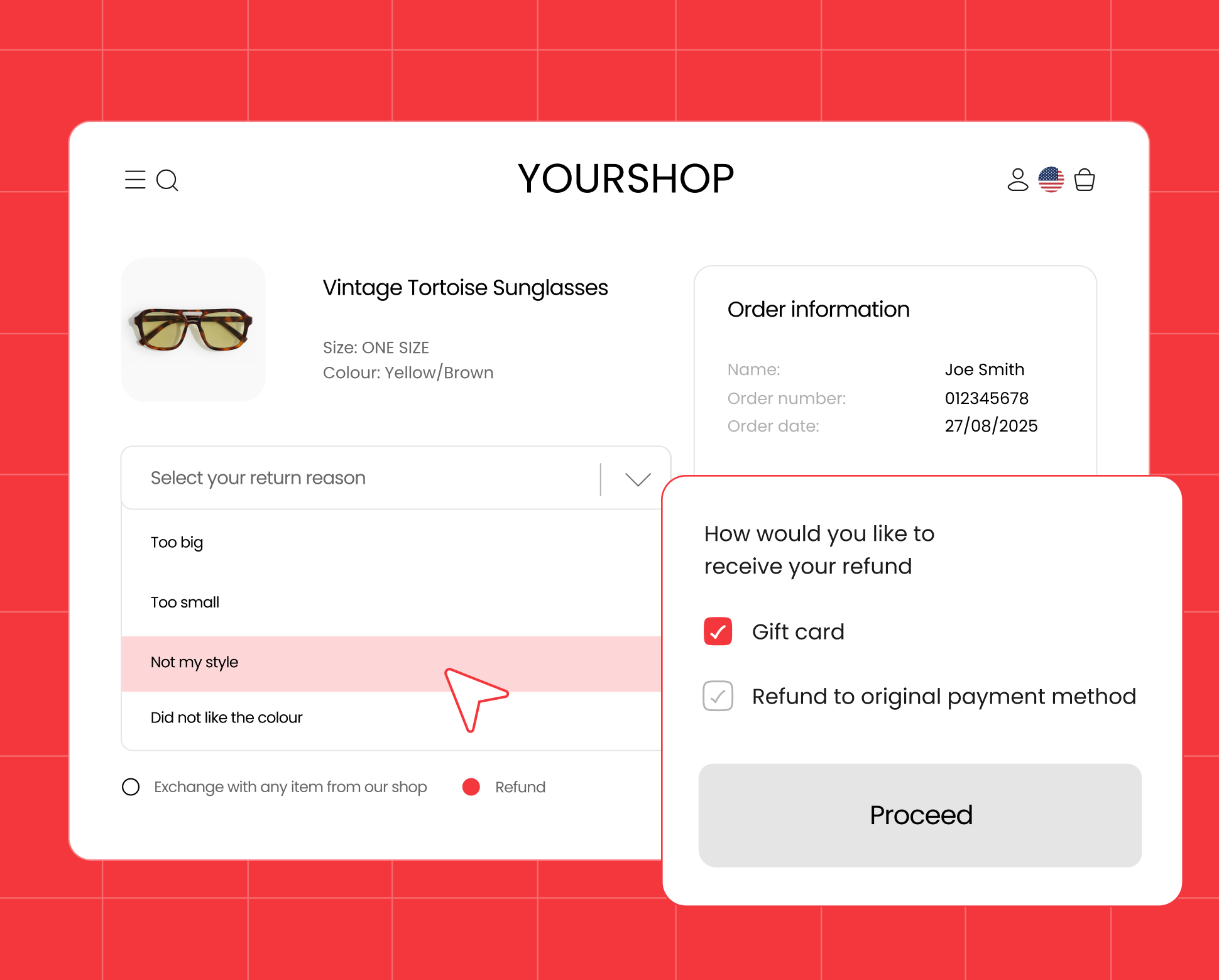
Contents
Transform returns into loyalty building moments with parcelLab.
For years, retailers have focused on winning the next customer. Marketing dollars flowed, acquisition costs surged, and the mantra was simple: “More customers = more revenue.”
Today? Not so much.
The rising cost of customer acquisition and intensifying competition have made one thing abundantly clear: The biggest growth opportunity for retailers right now isn’t in chasing new customers. It’s in keeping the ones they already have.
What is customer retention, and why is it important?
Customer retention refers to a retailer’s ability to turn a first-time buyer into a loyal customer. It is typically used to measure how many customers a retailer can keep engaged and loyal over time with as little churn as possible.
Acquiring a new customer can cost up to 5–7 times more than keeping an existing one. While this is not necessarily new news, it serves as a reminder that your customers’ experience after they purchase should be of the utmost importance to your growth strategy.
Customers who trust your brand come back, spend more, and often expand the range of products that they buy. They also become advocates, which means they’re more likely to recommend your brand to friends, post positive reviews, and help build your reputation.
When it comes down to it, loyalty beats reach every time, especially when we are talking about the bottom line. Yet, one of the biggest moments for loyalty is still treated like an afterthought.
Changing the narrative around returns
Today, returns are a make-or-break moment for the customer experience. According to the NRF, returns cost retailers a staggering $890 billion in 2024, roughly 17% of total retail sales, and 24.5% of online purchases were returned (versus just 8.7% in-store).
Returns aren’t just about cost. They are about the experience and building loyalty. But most importantly, they are your customer’s last impression and your next conversion.
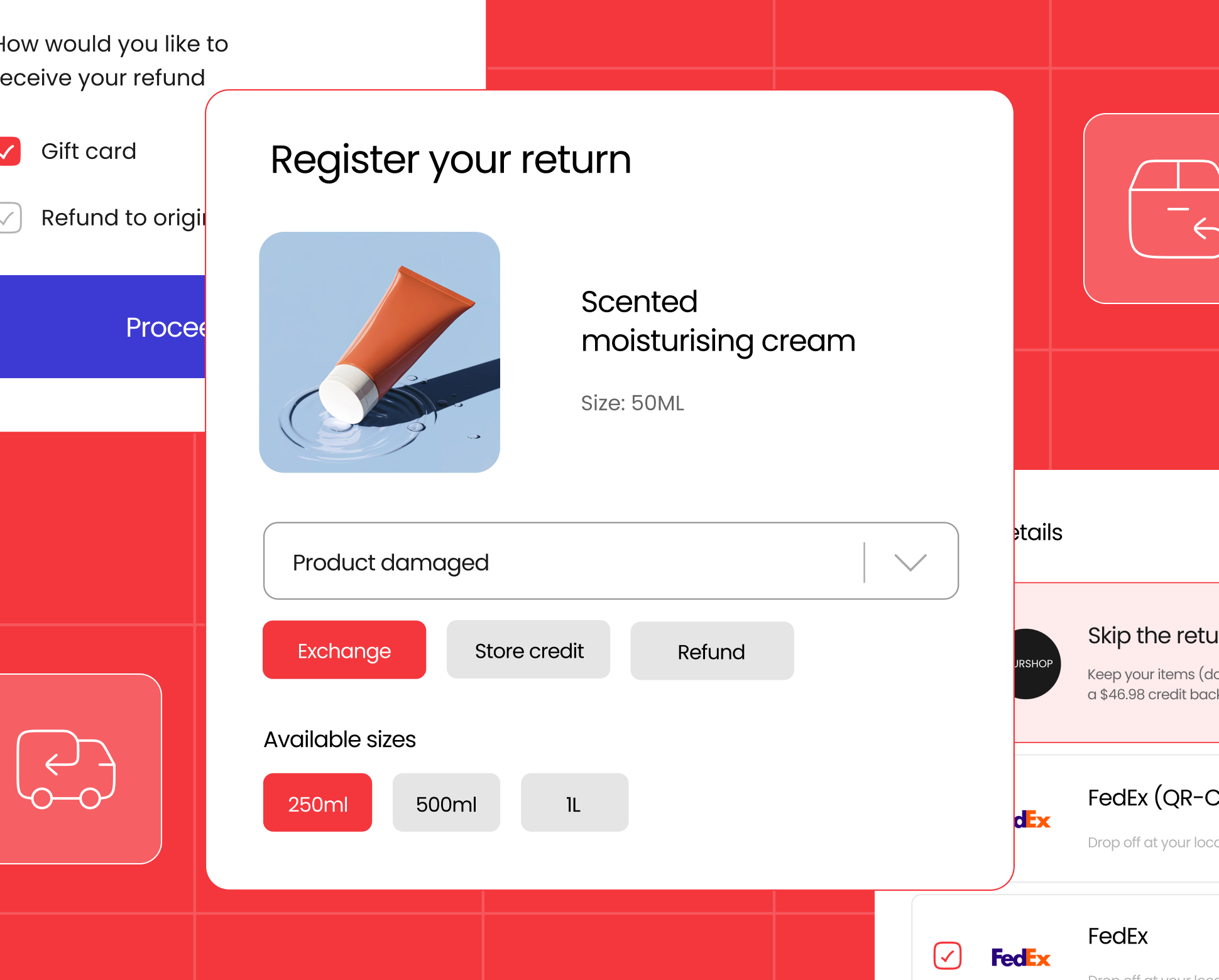
Unfortunately, returns are treated like an operational headache in a silo. Most retailers operate with a mix of legacy tools, fragmented platforms, and manual workarounds. Then, you add conflicting priorities to the mix, and it feels like you are in your head.
Meanwhile, forward-thinking retailers are using returns as an opportunity to deepen connections and create lifetime value. As overwhelming as it may seem, it isn’t about adding more return tools to your arsenal. It’s about a smarter, simpler, connected returns stack that makes the light at the end of the tunnel seem closer than you’d think.
Turning returns into a loyalty engine
To turn returns from a costly hassle into a true loyalty opportunity, retailers must focus on simplifying and integrating their returns processes. Start by evaluating the tools you have and seeing if you can create a centralized returns ecosystem. This hub should seamlessly connect with your existing systems, whether that’s your order management, customer service, or fulfillment platforms. A unified view helps reduce manual work, minimize errors, and provide customers with clear, consistent updates throughout their returns journey.

Look for solutions that offer flexibility and easy integration, so you’re not locked into one rigid system or waiting long periods of time to get your new returns system fully launched. This way, you can tailor your returns stack to fit your unique operations without overwhelming your team or confusing your customers. Centralized platforms that allow you to instantly integrate into your tech stack, like with the parcelLab App Store, demonstrate how bringing together different tools under one roof can streamline management and enhance the overall returns experience without adding unnecessary complexity.
Lastly, the ecosystem you build for an enhanced customer return journey should empower you with insights and automation to act on them. This means getting a view of return reasons, refund delays, and forecasts so your team can adjust as necessary to save on costs and recover revenue. Leading retailers use AI Agents to automate workflows, surface insights, and make return decisions smarter, so you can see results quicker without putting in extra hours.
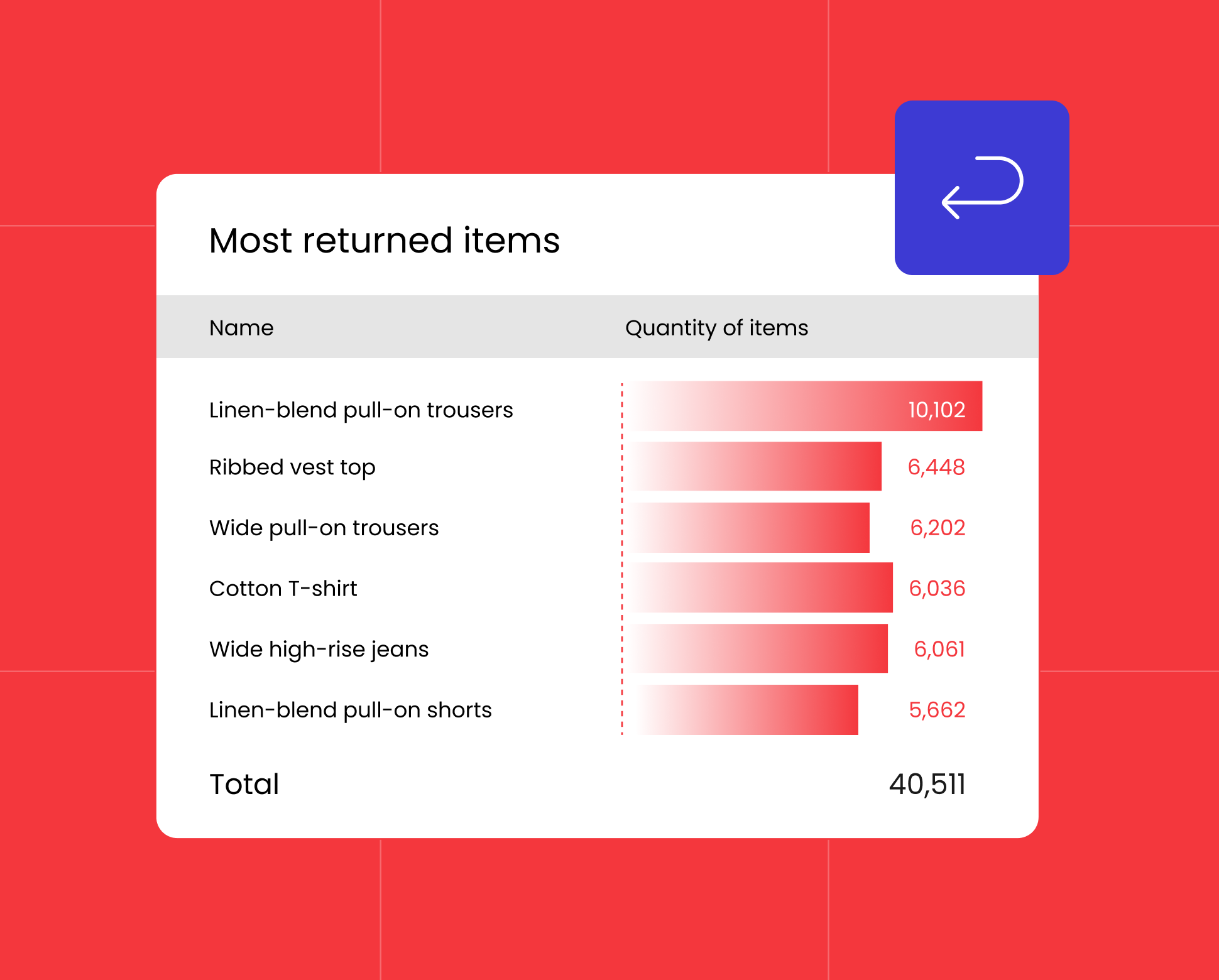
The key is to choose smart, connected technology that works together, empowering your team to deliver a seamless, personalized, and customer-friendly returns process that boosts loyalty rather than burns bridges.
Now is the time to rethink your return journey
Retail has always been about moments. Moments when trust is built, loyalty is earned, and relationships deepen. In an era where every dollar counts and every customer is precious, returns are no longer just a cost center. They’re a moment that can define your brand.
The takeaway?
If you’re still treating returns like an operational afterthought, you’re leaving money and loyalty on the table. If you are looking for a sign to switch things up, here it is.
The returns process doesn’t have to be broken. With the right approach, it can be a powerful engine for retention, revenue, and long-term growth.


